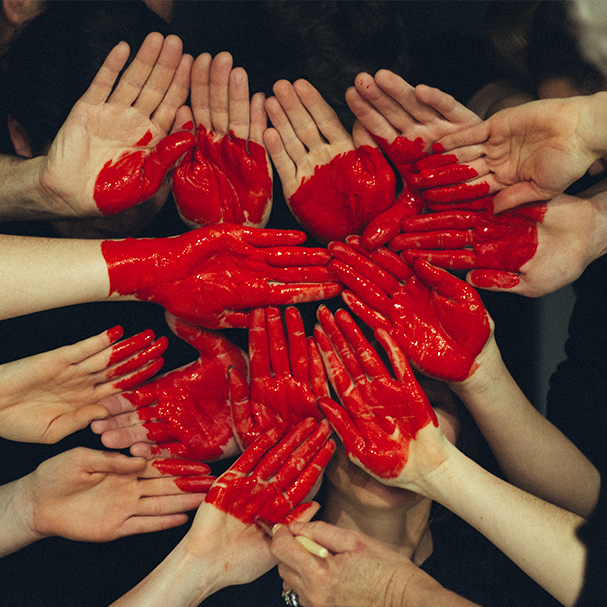Abuse and Failure Patterns and How to Change
- LifeHakx Media

- Feb 24, 2024
- 3 min read
Mary Collins and Stuart Robertson talk about the patterns we form from early childhood and the generational harm that leads us down repetitive patterns in relationships, work and life. We discuss some tips on how to overcome these patterns and what some of the therapies we will use on an upcoming retreat in the South of France (April 27th-May 4th).
Interview Video HERE
Understanding Abuse and Failure Patterns
Abuse and failure patterns are intricate webs that entangle individuals, affecting their mental, emotional, and physical well-being. Here we explores the roots of these patterns, delves into the impact on the brain and body, and provides insights on breaking free from the cycle through healing trauma and adopting positive change.
Where Did It All Begin?
Abuse and failure patterns often find their origins in early life experiences, whether it be in the form of physical, emotional, or psychological abuse. These patterns may emerge as maladaptive coping mechanisms to navigate challenging circumstances. When individuals consistently face adversity without adequate support, they may develop survival mechanisms that, over time, become ingrained habits.
Trauma and Survival Mode:
Trauma is a key player in the development of abuse and failure patterns. When exposed to traumatic experiences, the brain activates the survival mode, triggering the release of stress hormones such as cortisol. In survival mode, the brain focuses on immediate threats, impairing higher cognitive functions like reasoning and decision-making. This can
lead to the development of coping strategies that, while initially protective, may become detrimental in the long run.
Effects on the Brain and Body:
Brain Changes: Prolonged exposure to abuse and failure patterns can alter the brain's structure and function. The amygdala, responsible for emotional responses, may become hyperactive, while the prefrontal cortex, involved in decision-making, may show reduced activity. These changes contribute to impulsive behavior and difficulty in regulating emotions.
Physical Health Impact: The toll of abuse and failure patterns extends beyond the mind, affecting the body's health. Chronic stress resulting from these patterns can lead to various health issues, including cardiovascular problems, weakened immune function, and increased susceptibility to chronic illnesses.
Breaking the Patterns for the Better:
Seeking Professional Help: Therapy, particularly trauma-focused therapy, can provide a safe space for individuals to explore and process their experiences. Therapists can offer guidance in developing healthier coping mechanisms and breaking the cycle of abuse and failure patterns.
Building Support Networks: Surrounding oneself with positive and supportive relationships is crucial in overcoming ingrained patterns. Healthy connections foster a sense of belonging and provide emotional support during the healing journey.
Mind-Body Practices: Engaging in activities such as yoga, meditation, and mindfulness can help rewire the brain and regulate stress responses. These practices promote self-awareness and resilience, aiding in the journey towards positive change.
Educating and Empowering: Understanding the origins of abuse and failure patterns is empowering. Education about trauma and its effects helps individuals make sense of their experiences and empowers them to break free from destructive cycles.
In Conclusion:
Breaking free from abuse and failure patterns is a challenging but transformative journey. By understanding the roots of these patterns, acknowledging the impact on the brain and body, and actively seeking positive change, individuals can embark on a path towards healing and resilience. It is never too late to rewrite the narrative and build a future based on self-compassion, growth, and well-being.
More information about Mary HERE
More information about Stuart HERE
















Comments